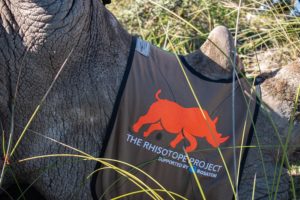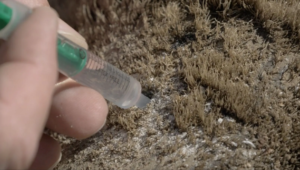Rosatom, the prime contractor and spearhead of the Russian nuclear industry, has found a new way to extend its influence on the African continent in the fight against poaching.
The “Rhisotope project” consists of injecting into the horns of rhinos stable, long-lived radioactive substances likely to be detected by control devices installed in ports and airports. “Rhisotope” would thus allegedly facilitate the traceability of horns and the fight against international smuggling while helping to reduce the demand. In the Buffalo Kloof private reserve near Port Elizabeth, two rhinos have just been used as guinea pigs for this initiative. For the next three months, the two rhinos, one of whom was nicknamed Igor after Igor Kurchatov, the Soviet atomic bomb pioneer, will be monitored radiologically to study the behaviour of the radioactive isotopes and their possible migration in the animals’ bodies and organs.
Rosatom and its South African, Australian and American partners intend to extend this radioactive labelling to other endangered species. Rosatom’s chief executive officer for Central and Southern Africa shows little modesty : ” We believe that science and particularly nuclear science will play a fundamental role in not only protecting the rhino but our planet in general. ”
As early as 2010, similar and unsuccesful attempts were made in South Africa to deter poachers and consumers by injecting so-called indelible dyes and toxic chemicals into rhino horns.
Rosatom has been supplying enriched uranium to South Africa’s Koeberg nuclear power plant since the 90’s and has been building its network in Africa since the 2010s. The Russian state-owned company signed cooperation agreements with Burundi and Ethiopia in April 2021.
This animal experimentation is self-promotion for Rosatom.
- Photo Rosatom
- Photo Rosatom
 Imprimer cet article
Imprimer cet article











